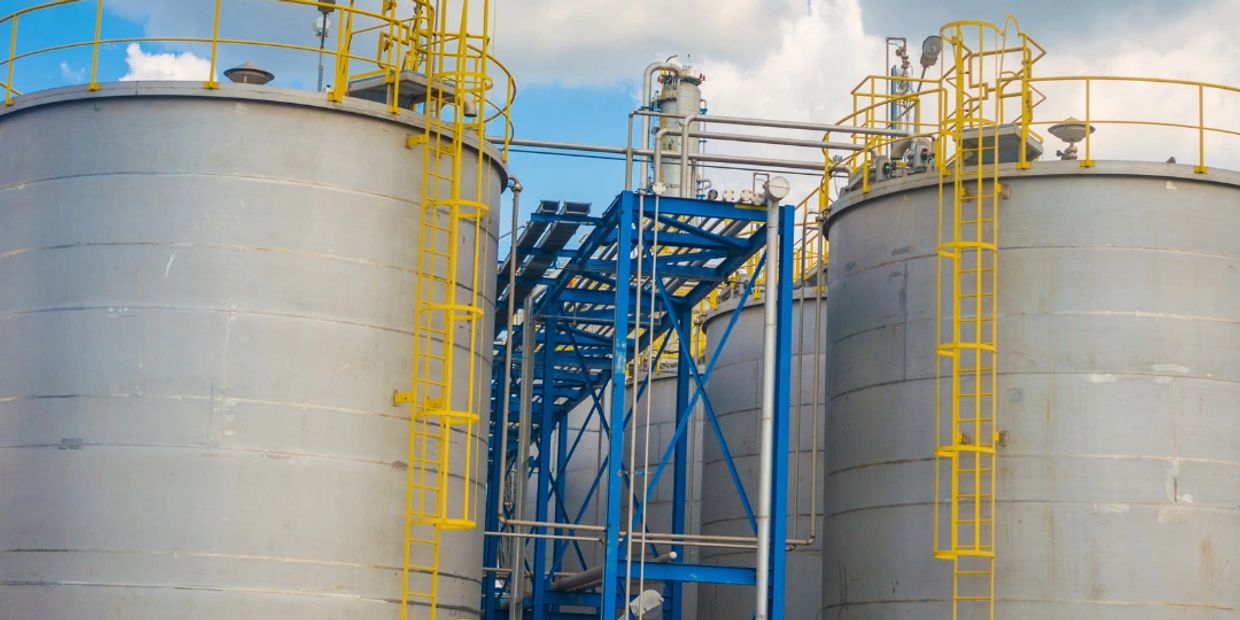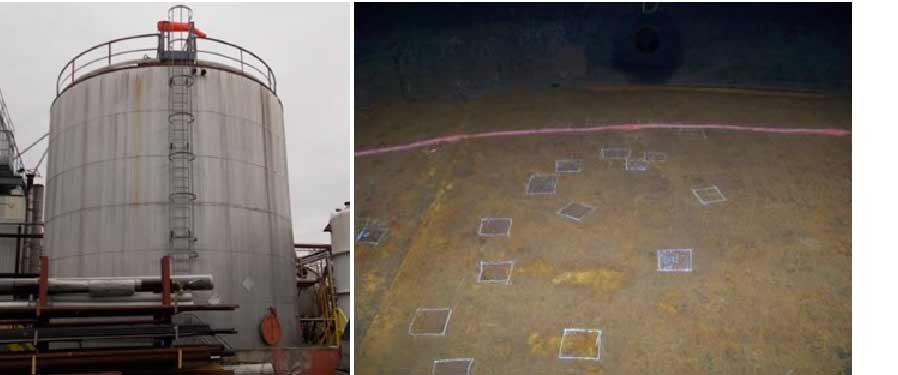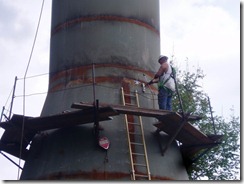A Comprehensive Summary of Container Welding Inspection Standards and Methodologies for Improved Weld High Quality and Performance
The significance of welding inspection standards in the production of containers can not be overemphasized, as they offer as the foundation for making sure weld stability and operational integrity. Various examination methods, consisting of aesthetic assessments and progressed non-destructive screening approaches, are crucial in identifying prospective problems that can jeopardize efficiency.
Relevance of Welding Inspection Standards

Welding assessment standards include a variety of standards, consisting of material requirements, welding treatments, and qualifications of personnel associated with the welding procedure. By enforcing these standards, organizations can methodically recognize and fix potential flaws, thereby minimizing the probability of expensive repair work or disastrous failings. Furthermore, extensive examination methods cultivate a society of accountability and precision, encouraging welders to maintain high levels of craftsmanship.

Typical Welding Evaluation Techniques


Ultrasonic Examining (UT) is an additional prevalent strategy, using high-frequency acoustic waves to identify interior imperfections that might not show up on the surface. This method is particularly reliable for recognizing gaps or inclusions within the weld steel. Magnetic Fragment Examining (MT) is also widely made use of, particularly for ferromagnetic products, as it reveals surface area and near-surface defects with the application of electromagnetic fields and ferrous bits.
Furthermore, Liquid Penetrant Screening (PT) spots surface-breaking defects by using a penetrant to the weld and after that utilizing a developer to draw out the penetrant. Each of these strategies contributes to a detailed assessment approach, making sure that welds meet the rigid quality criteria called for in storage tank construction.
Regulative Specifications and Compliance
Governing standards and compliance are vital parts in ensuring the security and integrity of bonded structures in tank building - Tank Welding Inspection. These criteria serve to establish minimum requirements for material homes, welding treatments, and assessment methods, thereby reducing the threat of architectural failings and boosting overall performance
Trick companies, pop over to these guys such as the American Society of Mechanical Engineers (ASME) and the American Welding Society (AWS), provide guidelines that are commonly taken on in the market. Compliance with these requirements not just makes certain adherence to best methods yet additionally fulfills lawful and contractual obligations, securing the rate of interests of stakeholders.
Regulative bodies typically mandate adherence to specific codes, such as ASME Code Section IX for welding credentials and API 650 for bonded storage tanks. These codes lay out needs for welding techniques, certifications of personnel, and screening techniques to validate weld stability.
Normal audits and inspections index are crucial to maintaining compliance, as they help identify discrepancies from established criteria. Non-compliance can lead to considerable fines, job hold-ups, and security threats. Hence, a robust understanding of regulatory standards and a commitment to conformity are vital in achieving top notch and durable bonded tank frameworks.
Non-Destructive Checking Techniques
How can the stability of bonded frameworks be assured without causing damage? Non-destructive screening (NDT) methods use a robust remedy, enabling assessors to evaluate weld quality without compromising the material - Tank Welding Inspection. Among one of the most typical NDT methods are ultrasonic testing (UT), radiographic testing (RT), magnetic bit testing (MT), and color penetrant screening (PT)
Ultrasonic screening utilizes high-frequency sound waves to detect interior flaws and characterize product residential or commercial properties. It provides accurate measurements and is particularly reliable for thick materials. Radiographic testing involves passing X-rays or gamma rays through the weld, creating pictures that disclose structural issues such as fractures or voids. This approach is indispensable for assessing the integrity of complicated welds.
Magnetic bit testing is fit for ferromagnetic materials, where magnetic areas reveal surface area and near-surface interruptions. Color penetrant screening makes use of a liquid dye to highlight surface-breaking problems, making it an efficient technique for non-porous materials.
Each of these NDT approaches has unique benefits, enabling detailed analyses customized to particular products and welding processes. By executing these strategies, industries can make sure the reliability and security of bonded structures, inevitably enhancing overall efficiency.
Enhancing Weld High Quality Through Assessment
Reliable evaluation plays a crucial function in boosting weld quality, acting as a crucial checkpoint in the manufacture procedure. By identifying potential flaws early, examinations mitigate the threat of compromised Homepage structural stability and make sure conformity with sector standards. Employing a combination of visual evaluations, non-destructive screening (NDT) techniques, and mechanical analyses, assessors can detect issues such as porosity, cracks, and incomplete fusion.
Executing a robust evaluation procedure not only enhances the general high quality of welds however likewise promotes a culture of responsibility among welders and producers. Routine training and accreditation of evaluation personnel guarantee that they are geared up with the required skills to recognize and address possible troubles properly. This aggressive technique lessens rework and connected costs, ultimately adding to predict effectiveness.
Moreover, extensive documentation of inspection searchings for supplies useful insights right into reoccuring problems, helping with constant renovation in welding methods. By leveraging sophisticated technologies, such as automated ultrasonic screening or digital radiography, weld quality can be boosted with more specific examinations. Finally, a rigorous examination procedure is important in achieving high-quality welds, making sure security, integrity, and durability in tank construction.
Conclusion
In conclusion, the application of strenuous tank welding assessment criteria and methodologies is vital for making sure weld honesty and performance. By utilizing a combination of aesthetic examinations, non-destructive testing methods, and adherence to regulative requirements, companies can properly identify and reduce prospective flaws.